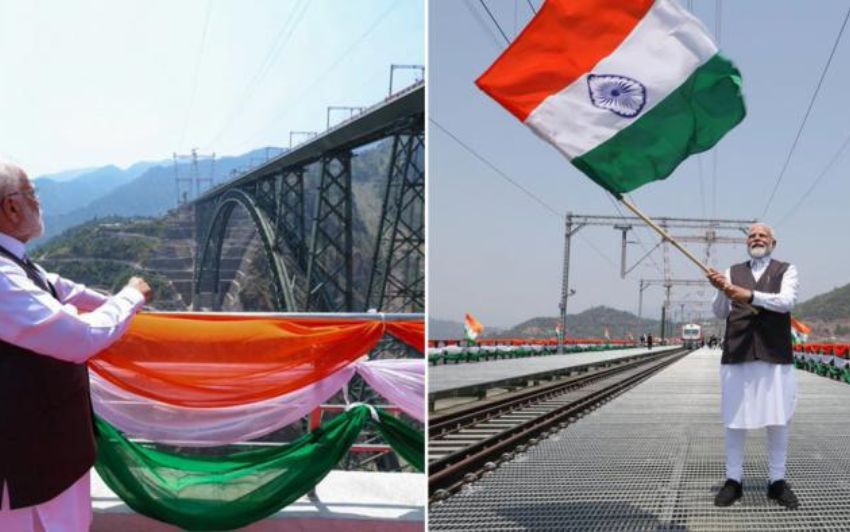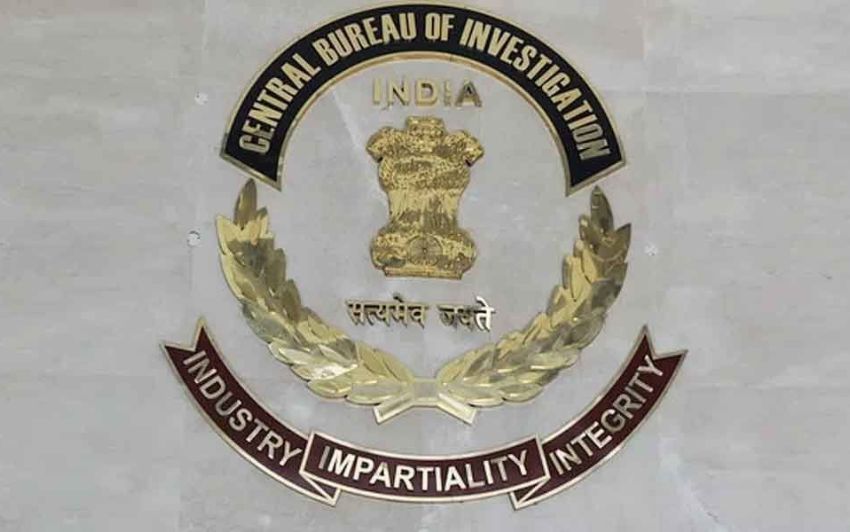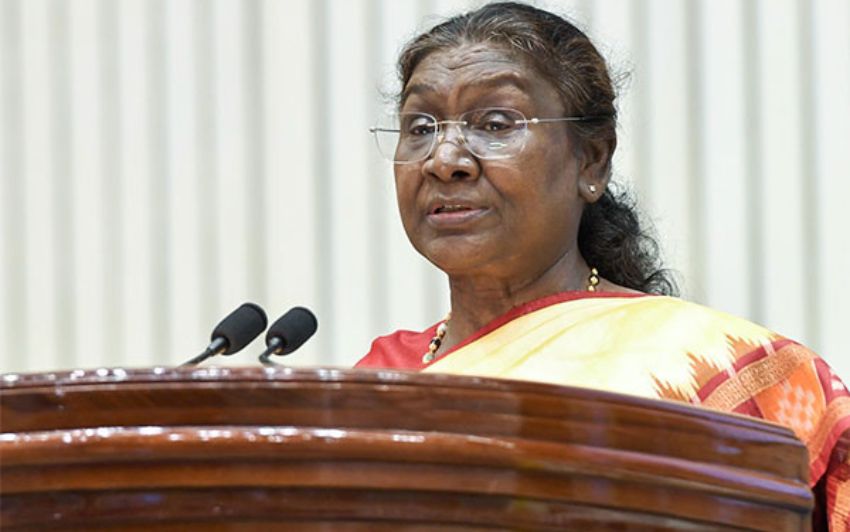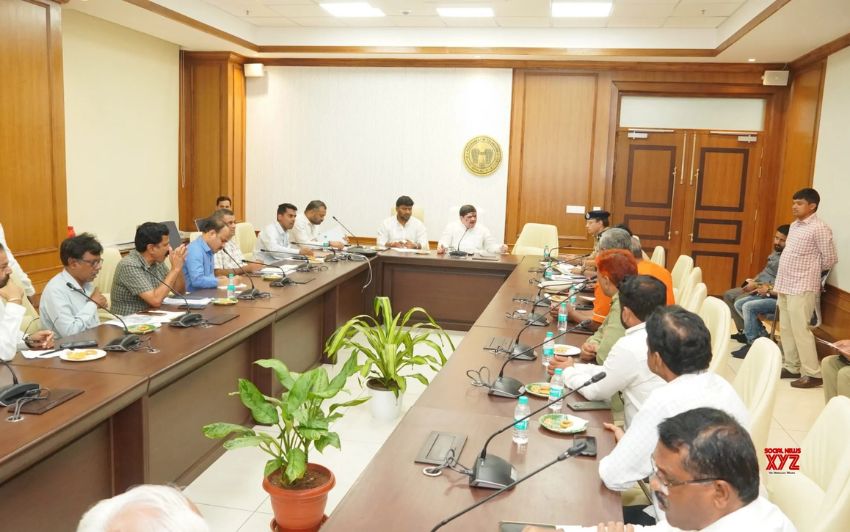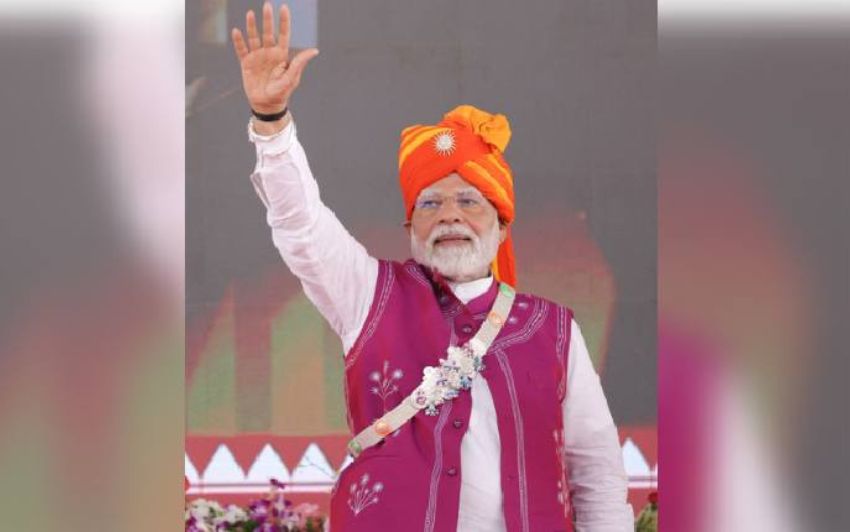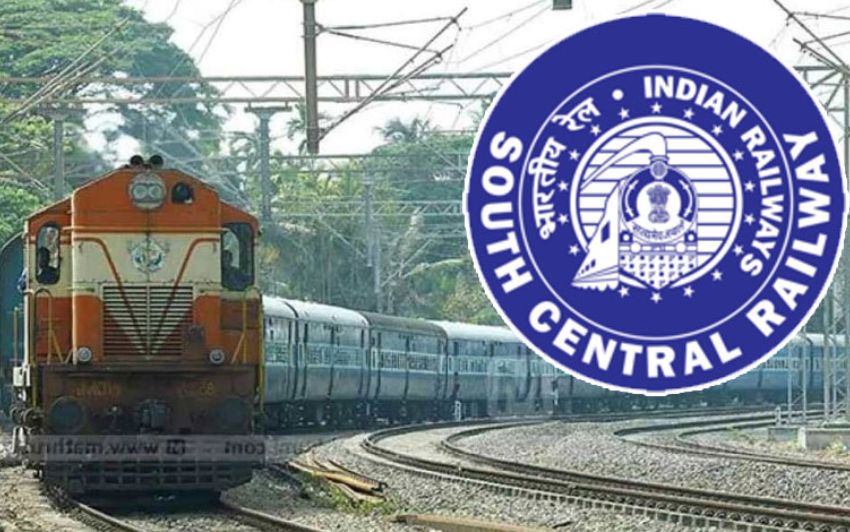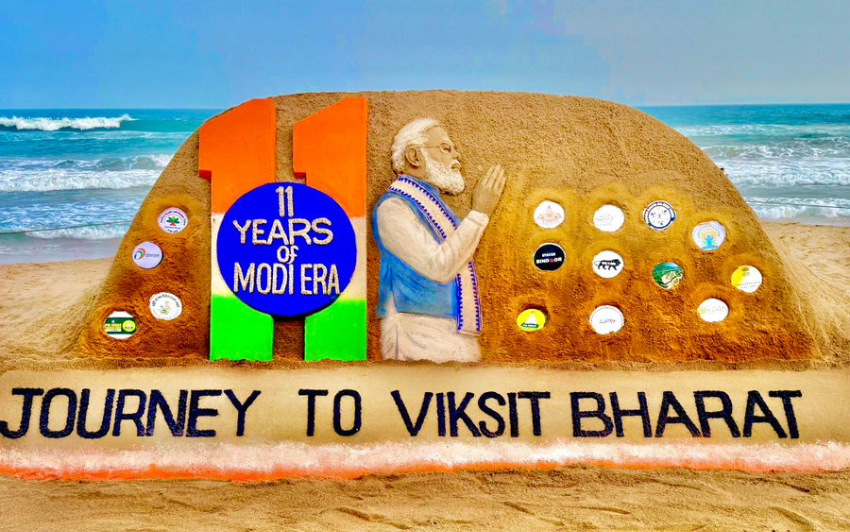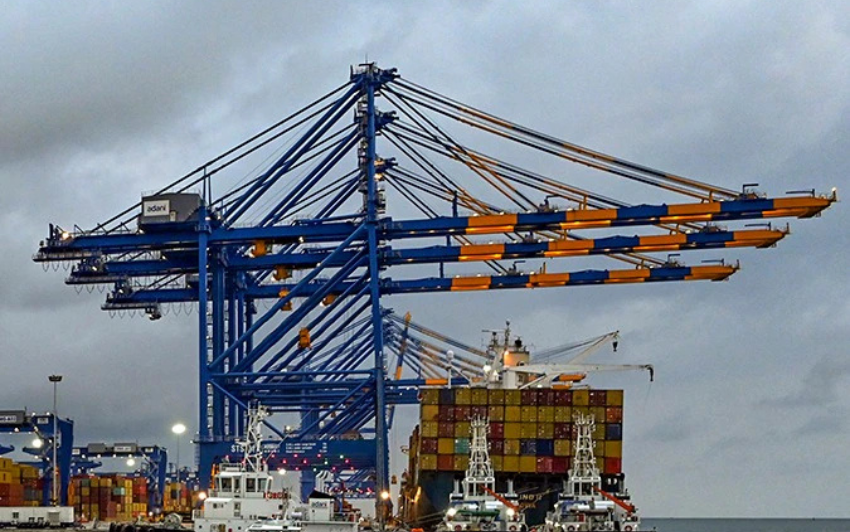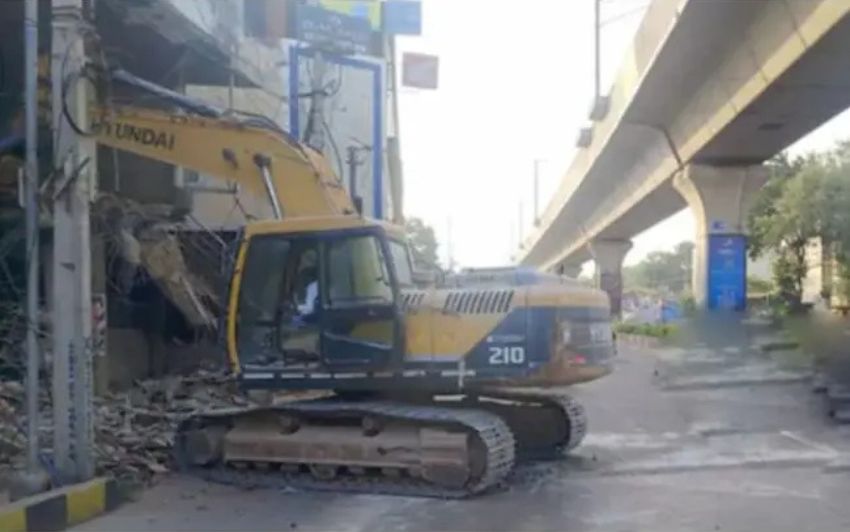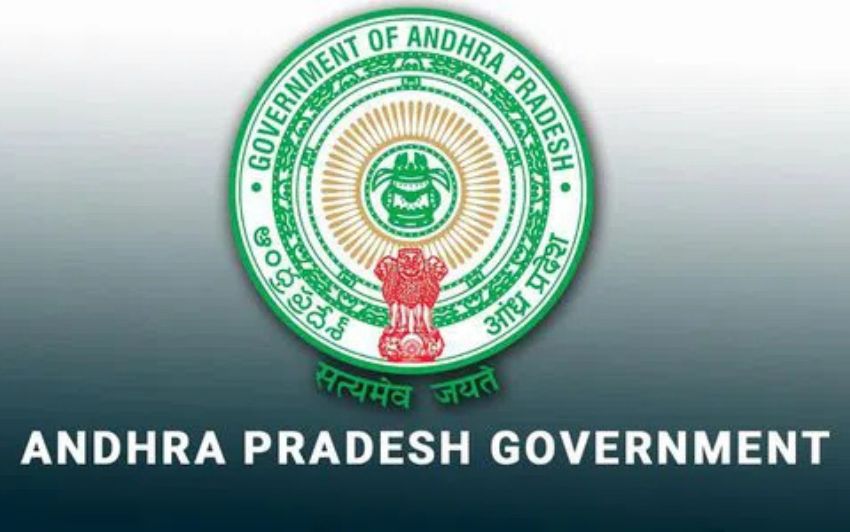Once a Different Reality, Now a Transformed Nation: India’s Rise as a Global Power under 11 Years of Modi's Leadership
India’s transformation into one of the world’s most powerful nations is no longer a distant dream—it is a visible, measurable reality. Through sweeping economic reforms, expansion of infrastructure, and the digitalization of public services, India has redefined its development model and elevated its global standing. At the heart of this transformation lies the policy vision and strategic governance of Prime Minister Narendra Modi’s government over the past 11 years.
Economic Growth: A Steady Climb to the Top
With a current GDP of $4.2 trillion, India has overtaken Japan and is on track to become the world’s third-largest economy, surpassing Germany in the coming years. The period from 2014 to 2025 has seen significant transformation under PM Modi’s leadership, with an average growth rate of 6.4%, rising to 7.4% in the latest quarter—demonstrating both resilience and sustained momentum. Inflation has also been brought under control, dropping from 9.4% in 2013–14 to just 4.6% today, contributing to greater economic stability for households and businesses.
Infrastructure Expansion: A Visible Transformation
India’s infrastructure growth is one of the clearest markers of its development. National highway length has grown from 91,287 km in 2014 to 146,204 km in 2024, with construction speeds increasing from 12 km/day to 34 km/day. A focus on last-mile connectivity has led to nearly 400,000 km of rural roads being built, integrating 99% of rural India into the national road network—boosting rural mobility and economic inclusion.
Indian Railways has undergone unprecedented expansion, with 25,871 new route kilometers (RKM) of track added in the past decade—vastly exceeding the 14,985 RKM added in the previous one. India has emerged as the world’s leading locomotive manufacturer, producing 1,681 locomotives in 2024–25, more than the combined output of the U.S., Europe, and Japan. With 1,617 million tonnes of freight handled annually, Indian Railways is now the world’s second-largest cargo transporter.
Rail connectivity has also extended to the northeastern states, enhancing regional integration. Serving over 30 million passengers daily, the Indian Railways stands as a testament to the scale and efficiency of the country’s transportation infrastructure. The continued expansion of the Dedicated Freight Corridor (DFC) is expected to dramatically increase cargo capacity and reduce congestion on passenger routes.
Aviation: Democratizing Air Travel
Between 2014 and 2025, the number of operational airports has more than doubled—from 74 to 160. Through the UDAN scheme, air connectivity has reached even remote towns. With a vision of scaling up to 300 airports by 2047, the government is underscoring its sustained focus on logistics and accessibility.
Urban Growth & Clean Energy: Toward a Sustainable Future
The Smart Cities Mission has led to urban transformation through over 8,000 projects worth ₹1.64 lakh crore. Urban transport has also expanded significantly—Delhi Metro now ranks among the world’s largest and most efficient metro networks and has set a benchmark for rapid mass transit across 15 Indian cities.
India’s clean energy journey is equally impressive. Solar energy capacity has surged from 2.82 GW in 2014 to 105.65 GW, and total clean energy capacity now stands at 228.28 GW. India is the world’s third-largest solar and fourth-largest wind energy producer—marking a significant shift toward sustainability.
Digital Infrastructure & Governance Reforms
One of India’s biggest success stories is the exponential growth of its digital public infrastructure (DPI). Platforms like UPI and Aadhaar have revolutionized public service delivery with real-time payments, direct benefit transfers, Jan Dhan accounts, and rural banking access points. DPI alone is estimated to have contributed nearly 1% to GDP, with projections of 3–4% by 2030. According to the World Bank, India achieved in six years what typically takes decades. Today, over 12 countries have adopted India’s DPI model.
These advancements have had a real social impact—most notably in poverty reduction. Official data shows that 171 million people were lifted out of poverty over the past decade. The poverty rate declined from 29.17% in 2013–14 to 11.28% in 2022–23, with further reductions underway.
India@2047: The Vision Ahead
As India approaches its 100th year of independence, it is not just celebrating progress—it is setting the global development agenda. Major reforms like GST, regulatory simplification, and removal of legal bottlenecks have established a path of inclusive and stable growth. However, there is more to be done—enhancing ease of doing business, reducing compliance burdens, increasing competitiveness, and integrating more deeply into global supply chains remain key priorities.
Strategic investments, governance reforms, and inclusive growth have built a strong foundation. Going forward, agility in policymaking, stability in execution, and a focus on manufacturing, skill development, and deeper global integration will be crucial. With economic strength and digital innovation at its core, India’s development journey is now oriented toward long-term sustainability and global leadership.

